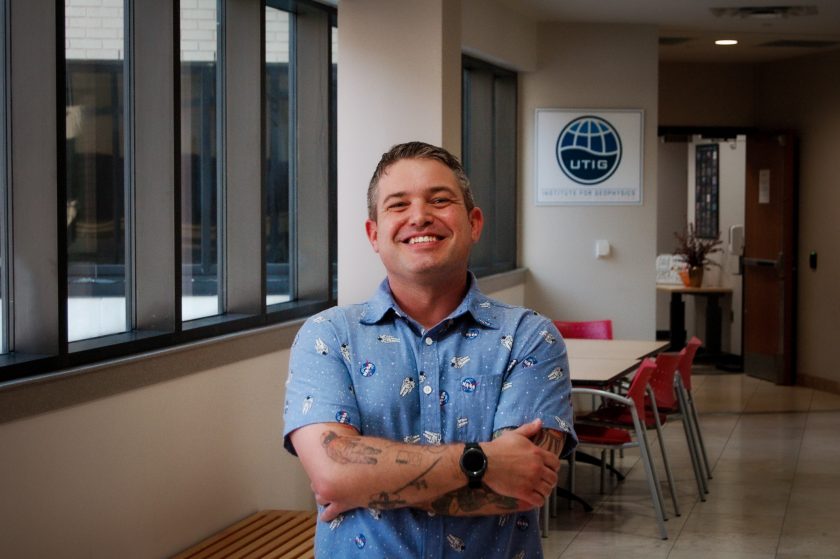Little Groundwater Recharge in Ancient Mars Aquifer
December 8, 2024

According to the geological record of the red planet, Mars was once a wet world. But no matter how much rainfall fell on the surface of ancient Mars, very little of it seeped into an aquifer in the planet’s southern highlands, according to a study led by Eric Hiatt, a doctoral student in the Department of Earth and Planetary Sciences.
Hiatt made the discovery by modeling groundwater recharge dynamics for the aquifer, using a range of methods — from computer models to simple back-of-the-envelope calculations. According to Hiatt, the models and calculations converged on the same answer — a minuscule 0.03 millimeters of groundwater recharge per year on average. That means that wherever rain fell in the model, an average of only 0.03 millimeters per year could have entered the aquifer and still produced the landforms remaining on the planet today.
For comparison, the annual rate of groundwater recharge for the Trinity and Edwards-Trinity Plateau aquifers that provide water to San Antonio generally ranges from 2.5 to 50 millimeters per year, or about 80 to 1,600 times the Martian aquifer recharge rate calculated by the researchers.
There are a variety of potential reasons for such low groundwater flow rates, Hiatt said. When it rained, the water may have mostly washed across the Martian landscape as runoff. Or it may have just not rained very much at all. “The fact that the groundwater isn’t as big of a process could mean that other things are,” Hiatt said. “It might magnify the importance of runoff, or it could mean that it just didn’t rain as much on Mars. But it’s just fundamentally different from how we think about (water) on Earth.”
The results were published in the journal Icarus. The paper’s co-authors are Mohammad Afzal Shadab, a doctoral student at the Jackson School, and faculty members Sean Gulick, Timothy Goudge and Marc Hesse.
Back to the Newsletter